Have you ever copied stuff – pages, and pages of stuff – from a PDF to use in another PDF? And did it make you wonder that there has to be a quicker way for it? While copying and pasting something you need to reuse is always a classic, with a PDF page, it isn’t always the most practical approach.
Copying/ pasting can mess with the formatting. Also, if there are any form fields, comments, or links associated with a document that you want to carry over to the new document, well, your work just increased. Let us be the messenger of the good news that there is an easier way to accomplish this task. Page Extraction in Adobe is here to help you!
What is Page Extraction?
If ever there was a misnomer for a process, Extraction ain’t one of them. Page extraction in Adobe Acrobat is exactly what it sounds like – it lets you extract and reuse pages from one PDF in a different PDF.
The extracted PDF will also retain all form fields, comments, and links from the original document associated with the pages in question. Any bookmarks or article threading will not be extracted. Also, the pages you extract will remain in the original document, but if you want to remove them, that too can be arranged during the extraction process.
The only string attached is that page extraction is only available with Adobe Acrobat’s Pro subscription. You can use the feature with the Pro subscription of any of these versions: Adobe Acrobat 2017, Adobe Acrobat 2020, and Adobe Acrobat DC.
Are there any restrictions?
To extract pages from a document, you first need to make sure that you have permission to extract pages from the document. If the creator of the document has prevented page extraction, then there’s no point in going through the rest of the steps. It’d be moot.
To check permissions, go to the ‘File’ menu option and select ‘Properties’ from the context menu. You can also use the keyboard shortcut ‘Ctrl + D’ to open Properties.

The dialog box for properties will appear. Switch to the ‘Security’ tab.
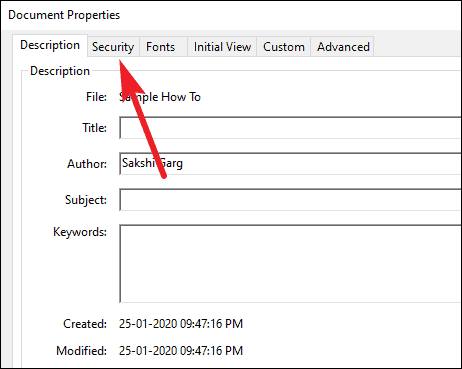
Check under Document Restrictions Summary that the value for ‘Page Extraction’ shows ‘Allowed’. If not, abandon ship. But if it does, it’s time to proceed further.
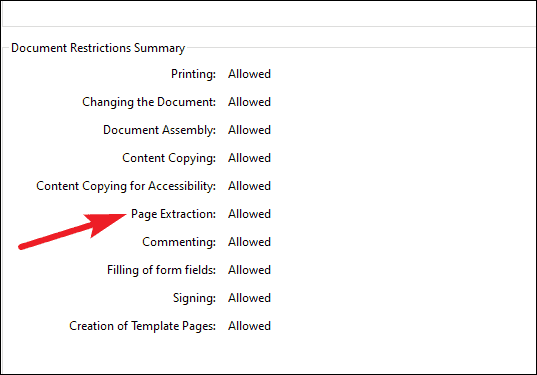
How to Extract Pages
Close the Properties dialog box and go to the ‘Tools’ option.

Click on ‘Organize Pages’ from the options in the Tools menu.
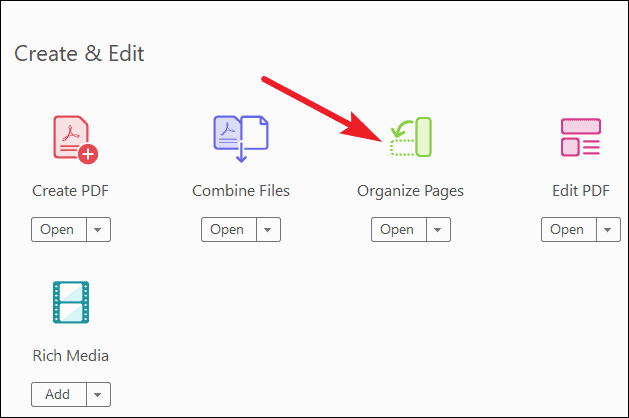
The toolset for Organize Pages will open in the secondary toolset. Click the ‘Extract’ option from the toolset.

A new toolbar specific to the Extraction process will appear below the secondary toolset.
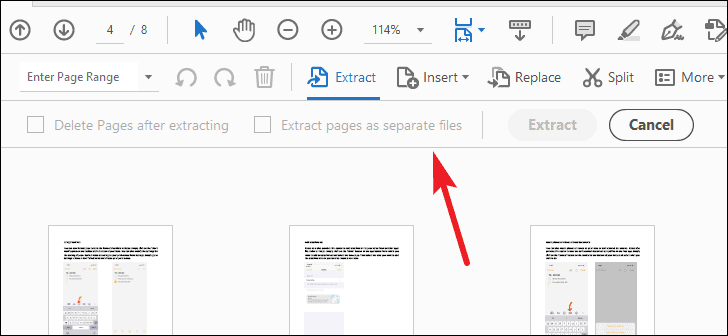
First, specify the pages you want to extract. Go to the drop-down menu displaying the page number or ‘Enter page range’ and click on it. You can select Even pages, Odd pages, Landscape Pages, Portrait Pages, or All Pages as an option.
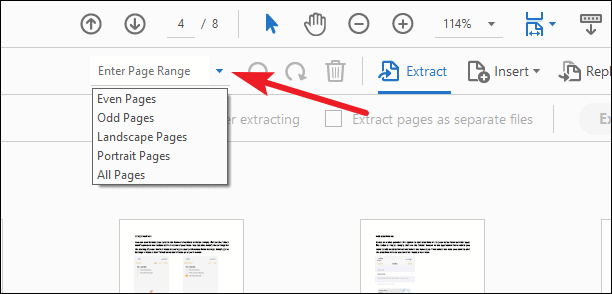
You can also specify the page range or the number of pages manually. Click on the textbox, and enter the page numbers. For a range of pages, use the format ‘x-y’. For inconsecutive pages, use the format ‘x,y,z’. Alternately, you can also use the Ctrl or Shift buttons and click on the pages to select them.
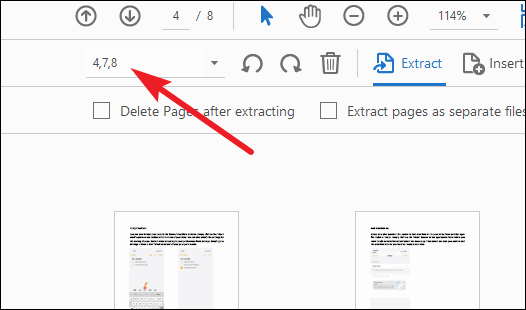
Now, go to the new toolbar for the Extract process and select one or more options, or none of them, depending on what you want.
If you want to remove the selected pages from the original document, check the box for ‘Delete Pages after Extracting’.
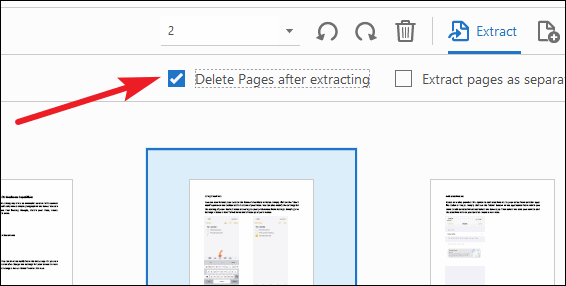
Check the box for ‘Extract pages as a separate file’ if you want each page as a separate PDF file.
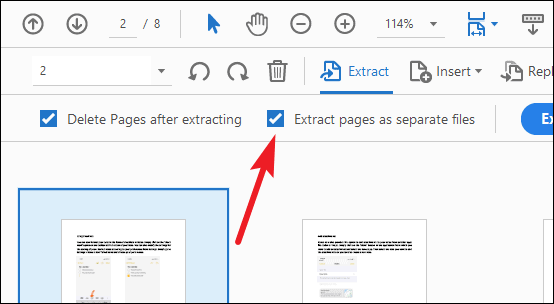
But leave both the boxes unchecked to retain extracted pages in the original document, and create a single file for all the extracted pages.

Finally, after configuring all the options according to your preference, click the ‘Extract’ button.
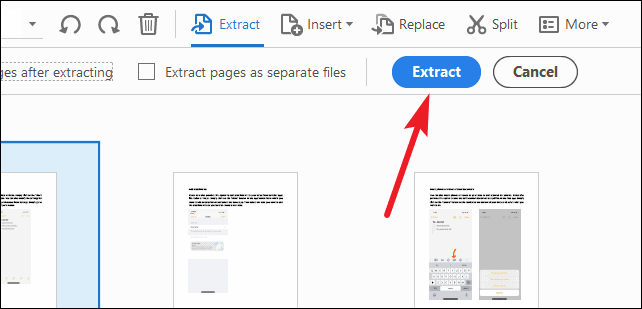
The extracted pages will appear in a new document. You can edit the new document or save it as it is for future use.
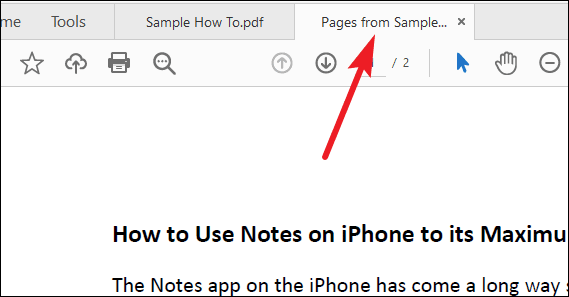
No matter how many pages you want to reuse from a PDF, there’s no hassle involved with the Extract feature. Your work will be over in just a couple of clicks – no more wasting time individually copying the pages and then creating a PDF.

